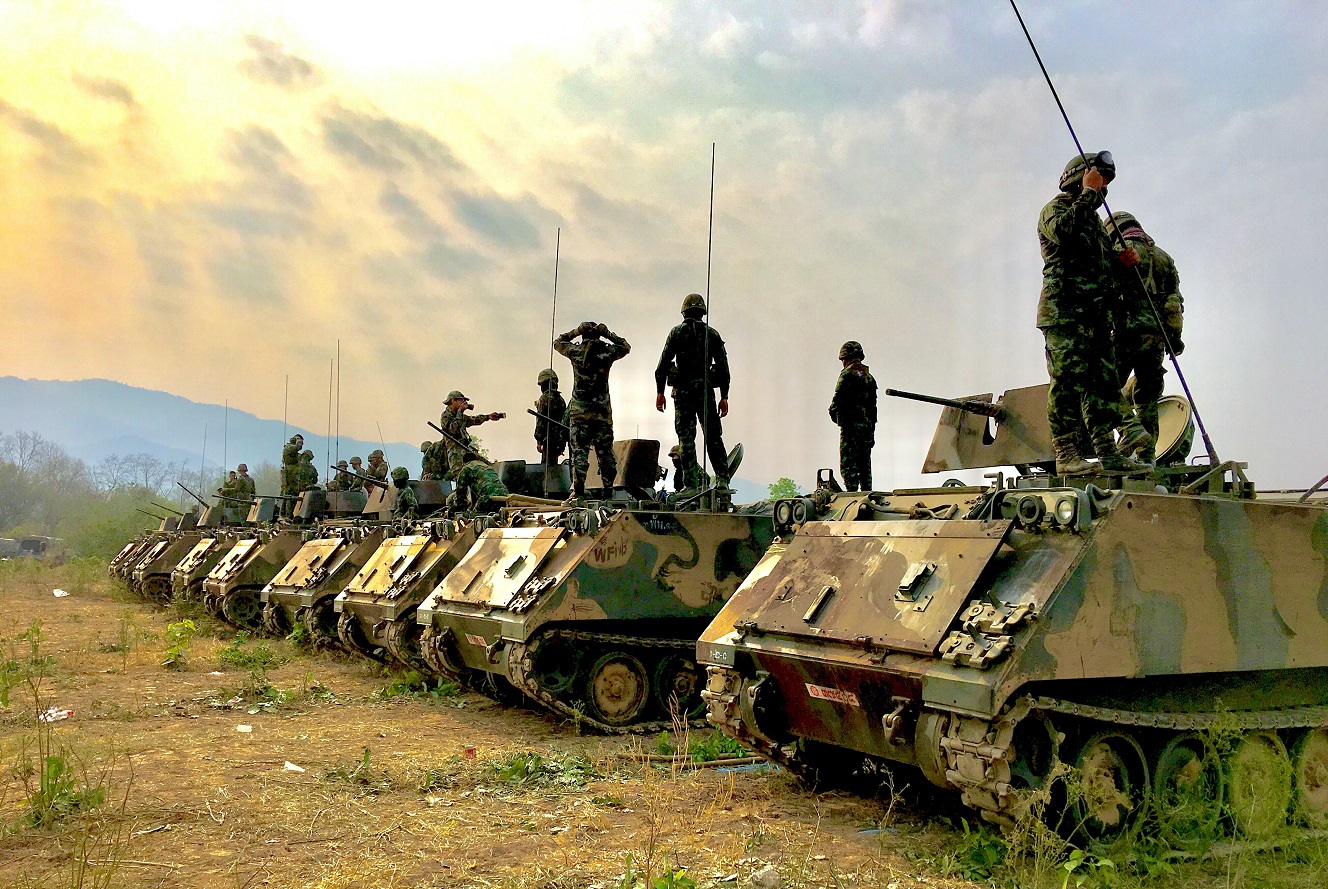
AI, or Artificial Intelligence, refers to the development of computer systems capable of performing tasks that typically require human intelligence. These tasks include speech recognition, problem-solving, decision-making, learning, and perception. AI systems aim to mimic or replicate human intelligence, enabling machines to analyze data, make predictions, and perform complex tasks with minimal human intervention. The origins of AI can be traced back to the mid-20th century when researchers and scientists began exploring the concept of creating machines that could simulate human intelligence. The term "artificial intelligence" was coined in 1956 at the Dartmouth Conference, where early pioneers in the field discussed the possibilities and challenges of creating intelligent machines. AI research initially focused on symbolic or rule-based systems, where explicit rules and knowledge were programmed into computers to perform specific tasks. However, progress was limited due to the complexity and ambiguity of real-world problems. In the 1980s and 1990s, AI faced a period known as the "AI winter" due to a lack of significant breakthroughs and unrealistic expectations. Funding and interest in AI research dwindled during this time.
The popularity of AI has surged in recent years due to several factors:
- Advances in Computing Power: The exponential growth in computing power has facilitated the processing of large datasets and complex algorithms required for AI. High-performance GPUs and cloud computing have made AI more accessible and feasible.
- Big Data: The proliferation of digital data from various sources has provided a rich resource for training AI systems. The availability of vast amounts of data allows AI algorithms to learn and improve their performance.
- Breakthroughs in Machine Learning: Machine learning, a subset of AI, has made significant advancements. Algorithms such as deep learning, which utilizes neural networks with multiple layers, have achieved remarkable results in areas such as image and speech recognition, natural language processing, and recommendation systems.
- Enhanced Algorithms: AI algorithms have evolved and become more sophisticated, enabling better accuracy, faster processing, and improved performance. This has contributed to the growing popularity of AI applications.
The convergence of these factors has led to a resurgence of AI research and the integration of AI technologies in various industries including DEFENSE. Artificial Intelligence has emerged as a game-changer in modern warfare, transforming the way military operations and rapidly expanding, offering new possibilities and challenges. Intelligence gathering, autonomous systems, cyber warfare, and decision-making are just a few areas where AI is making a profound impact.
There are several examples of AI-driven technologies used in modern defense equipment. Here are a few notable examples:
- Autonomous Drones: Unmanned Aerial Vehicles (UAVs) equipped with AI algorithms have become a vital part of defense operations. These drones can autonomously perform tasks such as surveillance, target tracking, and even engage in combat. AI enables them to navigate complex environments, avoid obstacles, and make real-time decisions based on mission objectives and situational awareness.
- Computer Vision Systems: AI-powered computer vision systems are used in defense equipment for various purposes. For instance, facial recognition algorithms can help identify individuals of interest in surveillance footage or at security checkpoints. Object detection algorithms can be used to identify potential threats in baggage screening at airports or to detect and track objects of interest in real-time video feeds.
- Intelligent Targeting Systems: AI is used to develop intelligent targeting systems in defense equipment. These systems analyze various data inputs, such as sensor data, satellite imagery, and historical data, to identify and track targets. AI algorithms can distinguish between friendly and hostile targets, reduce false positives, and provide accurate targeting information for missile systems, artillery, or other precision-guided munitions.
- Cybersecurity and Network Defense: AI technology is employed in defense equipment to enhance cybersecurity and network defense capabilities. AI algorithms can analyze network traffic patterns, detect anomalies, and identify potential cyber threats in real-time. These systems can autonomously respond to attacks, block malicious activities, and fortify network security through adaptive and predictive measures.
- Predictive Maintenance: AI-driven predictive maintenance systems are used in defense equipment to optimize maintenance schedules, reduce downtime, and improve overall equipment reliability. By analyzing sensor data, historical maintenance records, and performance patterns, AI algorithms can predict potential equipment failures and recommend proactive maintenance actions. This ensures that defense equipment remains operational and minimizes unexpected breakdowns during critical missions.
These examples highlight how AI-driven technologies are being incorporated into modern defense equipment, improving operational capabilities, enhancing efficiency, and reducing human risks. The application of AI in defense continues to advance, with ongoing research and development aimed at leveraging the full potential of AI to address emerging challenges in national security and defense. While AI provides significant advantages in terms of efficiency, accuracy, and risk reduction, it also demands careful consideration of ethical implications and the potential consequences of delegating critical decisions to AI-powered systems. Striking the right balance between AI's potential and responsible implementation is crucial to harness its benefits and ensure its ethical use in modern warfare.
About DataNStats (www.datanstats.com)
DataNStats is a leading DATA and AI company that helps organizations to become more insights-driven, solve complex challenges and accelerate growth through industry-specific solutions.




